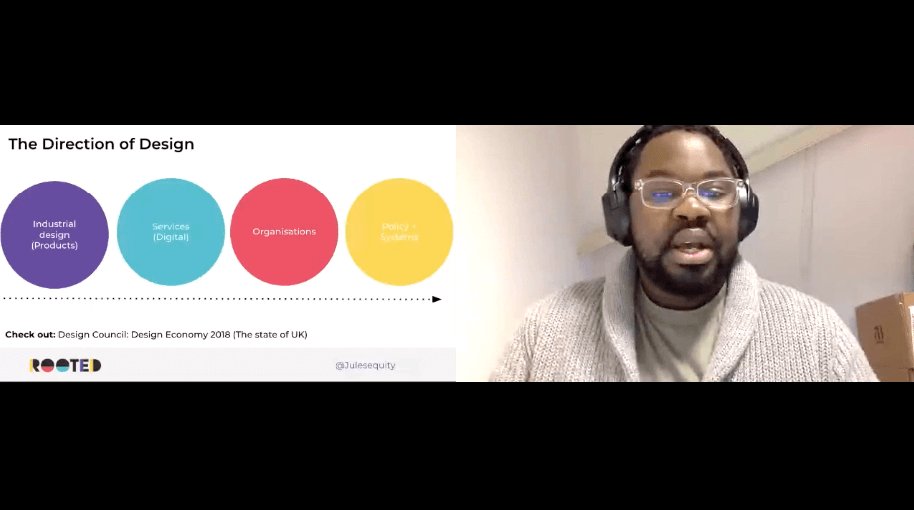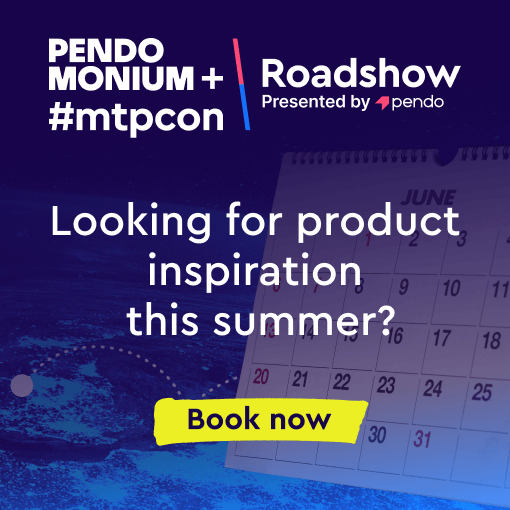As a product manager, one of your key goals is to solve your customers’ problems. Listening to your customers is the best way to get to know their problems and current methods, and then you can brainstorm for a solution.
But how do you start? The process of working up an idea and developing it into a workable product isn’t linear and straightforward. In a startup, a product manager may wear other hats from time to time – marketing, project management, vendor management, budget and resources planning, team onboarding, accelerating tech stack selection to name a few – so how can you ensure that fulfilling customer objectives is not lost in the wash?
I want to highlight a few critical customer touchpoints that must not be missed for a successful outcome to your product or feature launch. And by a successful outcome I mean not just achieving fancy metrics, but ensuring that customer problems are solved.
There are 3 important milestones in product development where customer touchpoints are mandatory:
- When you are preparing or finding the next problem to solve: To ensure that the right problems get solved
- After alternative solutions are ready for customer discussion: To ensure that customers find the solutions to be useful.
- After handing the product to customers: Taking feedback to optimize the product
Finding the Next Best Problem to Solve
The first and most important touchpoint is to identify your target audience’s most important problems, those that you must solve next.
Ingredients of a Successful Customer Interaction
Prioritize Core Problems Over Remote Problems
While interacting with customer over the product for the existing gaps/ problem statements, a product manager comes across two types of customer problem –

Core problems should have a higher priority for product managers than remote problems. Once we’ve solved them, we win our customers’ trust and their belief in our product.
Take the example of Amazon, which prioritized solving a core problem of high shipping costs. Customers loved shopping at Amazon but they were put off by high shipping costs and slower delivery speeds
Amazon launched its Prime service to solve both these problems in one go. It asked customers to pay for a reasonable one-time cost for free shipping and faster delivery on many items fulfilled by Amazon.
Focus on Collating Customer Problems, Ignore the Solutions They Offer
It’s important that you separate out your customers’ problems from the plausible solutions that they offer when you interact with them. A solution given by a customer solves for only the case in point and is mostly not scalable across all your customers. When a solution is suggested:
- Use the solution to understand the way your customer would ideally like to use your product.
- Identify the root problem underlying the suggestion so that a wide solution, applicable to all your customers, could be thought of
For example, once when I was working on a CRM product, an enterprise customer told me that he wanted me to restrict usage of his CRM to his office premises. He was concerned about data theft and security once the team left the office. Although the problem was genuine I couldn’t agree on his solution. The reason was that my CRM usage data showed 65% overall usage on mobile, so restricting its use to office premises didn’t make sense for everyone. The customer then revealed he was sharing a single credential across the team so that all of them had unrestricted access. I suggested an alternative solution of creating multiple login IDs for him so that he could restrict the rules of access and keep the main login ID for his own consumption.
This new solution easily scaled to all the customers of my product. The strategy to ignore customer-specific solutions and instead find the problems evident in them works best for the product.
Breakdown Your User Segment Into Sub-segments
There may be many customers who fall into your target segment. However, these customers all have varying needs or ways of working with your product. In order to end up with a good product you should take account of all the customer segments which exhibit different behavior with respect to your product.
The key to ensuring all parts of the user segment are covered is to break down your desired customer segment into sub segments, and then cover each of them.
How to go about this exercise?
Use your product industry knowledge to pick out the important parameters which could bring out the differences between customer behaviors. For example, if you are building a social shopping product for teens then an important parameter for breaking this down into sub-segments would be the current social platform used – Instagram vs Pinterest vs Facebook and so on. Each user who uses Instagram heavily would show similar behavior vs those using Facebook.
Breaking the main segment into sub-segments is an iterative process that may be tuned further once you get on the ground and start interviewing customers. A rule of thumb is to sub-segment your customer base till their answers to your questions have a similarity.
Discuss Alternative Solutions with Customers
So, once the problem is clearly identified and you have brainstormed a few proposed solutions, you need to discover if customers will find these solutions useful.
They must be tested with customers before any investment in development. As a product manager, your solution may involve an improvement in process, or a workflow optimization, or even a new product launch. Depending upon what it is, the approach to finding customer opinions on the solution would differ.
Modes to Test
Show and Tell
The first mode involves simply prototyping your final solution using a prototyping tool like Flinto to “show” your customers the interactive version of what you are building without putting any development effort.
The product manager, along with UI/UX, can create rough mockups or proposed process flow, take feedback on it for customer acceptance and iterate wherever required. The feedback is a combination of verbal and non-verbal cues. While verbally the customer might be saying, “I am happy with your new feature or new process”, non-verbal cues can tell you whether your product has excited your customer.
Recently I was running through a mockup of account management created for a classifieds platform with a customer. He struggled to understand the options of ‘Forgot Password’, ‘Sign up’ and ‘Sign In’ on the login ID/ password screen and it became very apparent that we needed to fix the priority of action buttons and the content on this screen. However, when we had first asked the customer he said he had no issues in figuring out the flow. Yet the non-verbal cue of him getting stuck at the very first screen showed that we needed to change it.
The key outcomes of Show and Tell are:
- Priority 1 – The most important outcome is to conclude whether the proposed solution helps solve the problem originally identified. Whether it will be practically adapted by customers or it needs to be further improved is weighed up at this stage
- Priority 2 – Usability feedback for optimizations you could improve without going live. After finding that the solution works for customers, note down the UI/UX improvements needed to ensure the most effective design is implemented.
Minimum Viable Product
Sometimes the complexity of the problem solved or the cost of going wrong is quite high. For example, if you are looking to edit a checkout process or payment process, the cost of error might be heavy, and you would need to be extra confident before finally changing the existing workflow. You would need to go beyond the usual prototyping method of Show and Tell.
In this scenario, it is best to create a very small test version of the solution with minimal development effort. This is a Minimum Viable Product, which is far from the final solution but can (& should!) still lead to conclusive evidence on the effectiveness of the product. The advantages of this mode for testing the solution are:
- Low effort – the development effort is very low, so even if the solution is rejected there is not much lost.
- More data to conclude – the minimal solution, pushed live, helps you to collect more data to conclude whether the new solution is likely to work or not.
- Restrict exposure to a sample only – to ensure that a half-baked solution is not exposed to a huge audience set, restricting access to a small audience (geographically, randomly, or otherwise) is also possible
Most big companies employ both modes of Show and Tell and MVP to achieve the best solutions.
Optimize to Perfect Your Solution
After making the necessary tweaks, finally the product can be launched and opened out to larger audience. At this stage, there will be a need for optimization to perfect the solution.
The good thing is that data will have started to flow in and it will help you frame questions in light of the patterns it produces.
Product managers should focus on those metrics that indicate whether they have solved a customer problem and aim to improve those. For example, if your key objective is to drive engagement (whatever that means for your product), then focus on what key actions you want users to perform, how many unique users across each sub segment are performing those key actions, and so on. Compare them against the benchmarks you have set – if the metrics are below the benchmark, then investigate to find out why. You need to relate data to actual customer usage so that you understand the practical reasons for a rise or fall in metrics.
- At this stage any customer touchpoints should have the following key objectives : How is your customer using your product currently?
- What further improvements would make the solution more efficient, and increase adoption?
- Why is the data “behaving” the way it currently is?
- What is the most important reason the product is successful or needs improvement?
- What is the next interesting set of problems to solve – which is essentially moving to step 1 again.
A product can never be called final, so iterate until the core problems are solved.
Not missing out on these three critical customer touchpoints, and approaching each of them for maximum impact, ensures that the products your team builds will achieve their objectives.
Do you think any critical customer touchpoints should be added here? Do let me know in the comments section – I’d love to know your thoughts.







Comments 1